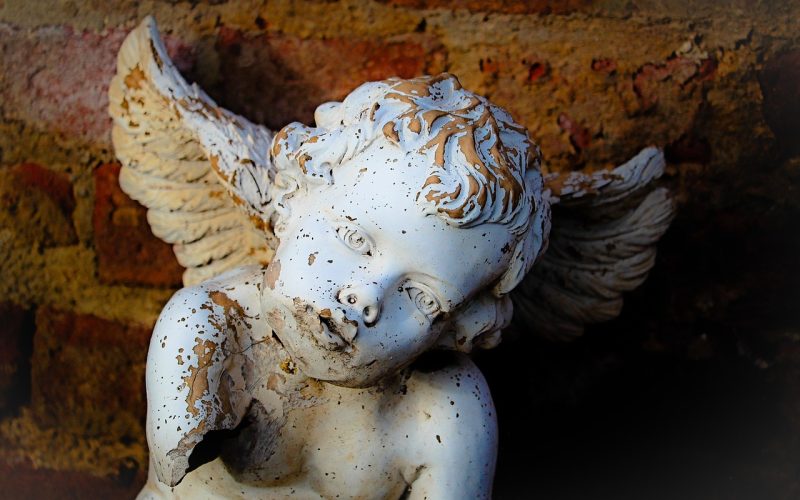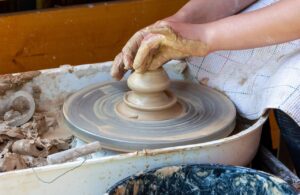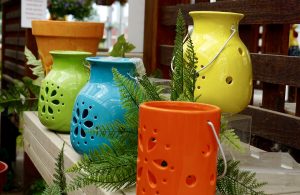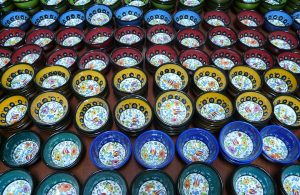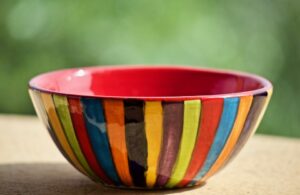Importance of Choosing The Right Clay
Ceramic art has stood the test of time as one of the most enduring and versatile forms of creative expression. From ancient pottery to contemporary sculptures, ceramics hold a special place in art and daily life. At the heart of creating masterpieces lies the essential choice of clay. Among the most widely used clays in ceramic art are china clay and kaolin clay. Understanding their unique properties can make all the difference when designing and crafting exquisite pieces.
What is Kaolin clay?
Kaolin, also known as kaolinite, is a naturally occurring clay mineral primarily composed of hydrated aluminium silicate. This fine and soft white clay is one of the purest forms available, making it highly prized in the ceramic arts. Originating from china, kaolin has a history that links it to delicate porcelain production, but its applications extend far beyond that.
One of the unique characteristics of kaolin clay is its ability to withstand high firing temperatures. This makes it ideal for creating ceramic items that require both durability and an elegant finish. The high purity of kaolinite also ensures that the clay produces a bright, white surface after firing, perfect for intricate decorations, glazing, or painting.
The unique characteristics of china clay
China clay, a term often used interchangeably with kaolin, shares many of its properties. However, there are subtle distinctions worth noting. China clay is celebrated within the ceramic arts for its smooth texture and the ability to produce impeccable finishes. It is often favoured by artists and manufacturers aiming to create fine porcelain or bone china products.
What sets china clay apart is its particle size and plasticity. While it has lower plasticity compared to other clays like stoneware or earthenware, this quality makes it less prone to shrinkage or warping during the drying and firing process. This stability is crucial, especially for complex or delicate pieces that require precision.
How to choose between kaolin and china clay
Selecting the right clay depends on both the artistic vision and the practical needs of your ceramic project. Kaolin is an excellent choice for ceramic pieces that demand a pristine white appearance and high structural integrity. Its fine texture and high-temperature resistance also make it ideal for functional pottery, such as dinnerware, and artistic sculptures.
China clay, meanwhile, is particularly suited for projects requiring delicate detail and a refined finish. If you’re seeking to create elegant porcelain with intricate designs, China clay offers exceptional workability and aesthetic appeal. It’s perfect for both hand-building and wheel-throwing techniques, though its lower plasticity may require careful handling, especially for beginners.
The significance of clay purity in ceramic art
The purity of the clay used in ceramics is critical to the overall success of the final product. Both kaolin and china clay are valued for their minimal impurities, which significantly enhance the quality of the ceramic item. Impurities like organic matter, iron, or coarse particles can disrupt the uniformity and strength of the finished piece.
For artists seeking flawless results, using pure kaolin or china clay ensures a smooth surface and consistent results post-firing. It also minimises the likelihood of discolouration or cracking, allowing artists to experiment confidently with glazes and designs.
Understanding the firing process for kaolin and china clay
Kaolin and china clays differ from other types of clay when it comes to their firing requirements. Because of their high refractory nature, they need to be fired at higher temperatures, typically ranging from 1200°C to 1400°C. While this may demand specialised kilns and equipment, the final results are worth the effort.
The high-temperature firing gives kaolin and china clay ceramics their renowned strength, translucency, and resistance to wear. These characteristics are particularly beneficial in creating both functional and decorative ceramics that can stand the test of time.
Choosing the right clay is a decisive step in shaping success in ceramic art. For centuries, kaolin and china clay have been cherished for their ability to transform raw material into works of beauty and functionality. Kaolinite’s purity, durability, and adaptability make it indispensable for ceramic artists, while china clay’s smoothness and stability provide an unparalleled canvas for creative expression.
